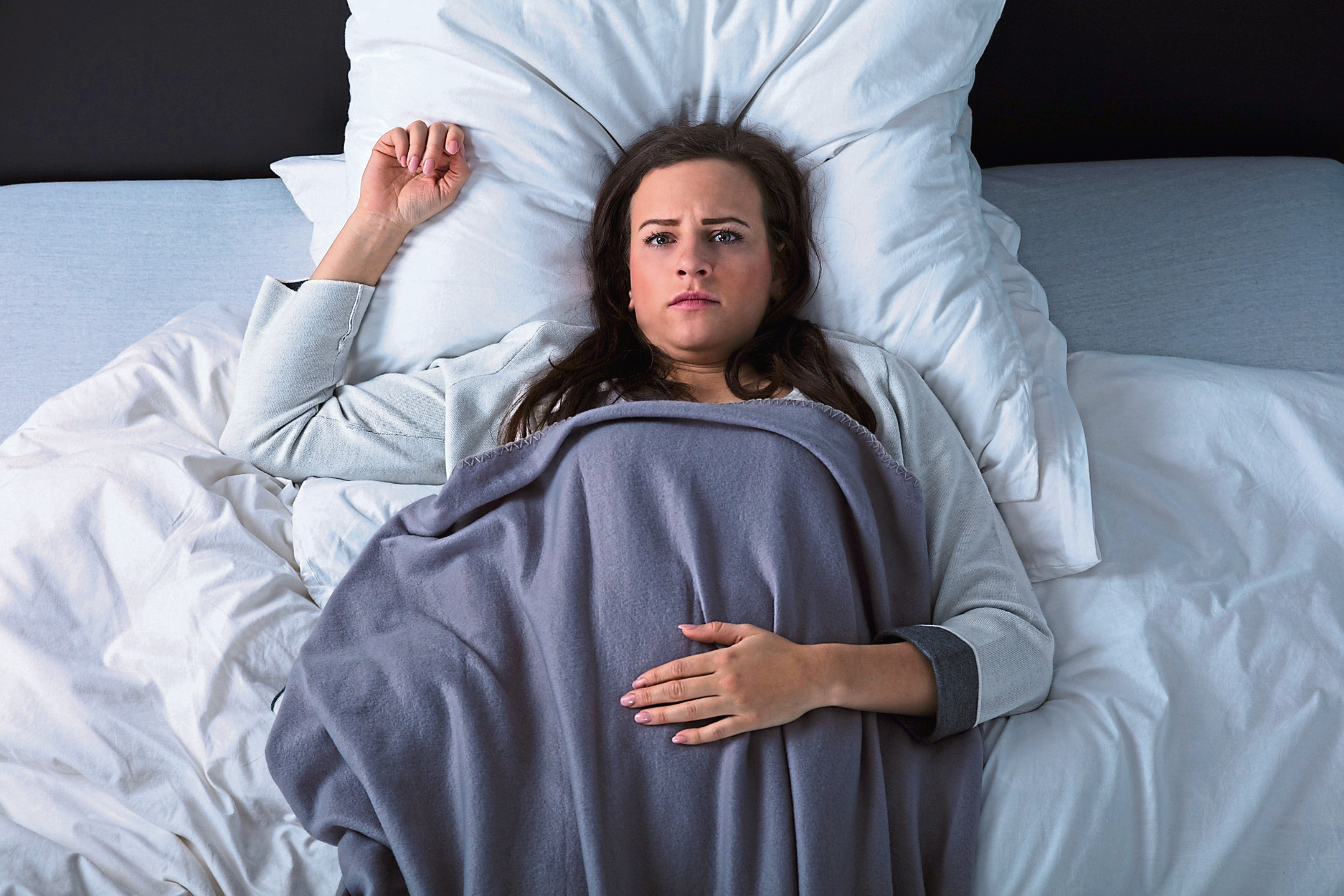
IT’S not the ideal way to wake up – paralysed by fear.
For many of us, however, that is exactly how our day begins, and it can be a terrifying experience.
Sleep paralysis, which can last a couple of minutes at its worst, is when we are falling asleep or waking up and we are aware but unable to move or speak.
For some, it means we hallucinate, sensing things that aren’t really there.
We may imagine we hear, feel or see something that puts the fear of God into us and, while the whole dreadful thing may occur just once in our lives, it can also happen to many of us time and time again.
Sleep paralysis can strike at perfectly healthy people, as well as those less fortunate – for some, having too much stress in our lives, or simply enjoying too much coffee during the day, can help trigger such episodes.
It can also run in the family, though not always, and the boffins reckon the underlying cause is a problem with REM, Rapid Eye Movement.
This is the sleep phase in which our eyes move rapidly, our muscles are at their most relaxed and our dreams are most vivid.
When there are problems at this time, they can be big ones, and sadly the treatments available for sleep paralysis are pretty poor and it’s not a topic that has been studied enough.
Anyone who has read Sigmund Freud’s Interpretation Of Dreams will know just how fascinating a subject this is.
The founder of psychoanalysis described how even in our deepest sleep, we can hear such things as alarm clocks and include them in our dreams – we don’t want to be wakened from it, so we involve what we were hearing in the real, wide-awake world.
One person in the book who was sleeping was lightly touched by water and sand, the heating was turned up, and the occasional cold air was blown at them, too.
They later reported that they had dreamed about being on a lovely beach, in the sun but with a nice breeze.
Sadly, many of us experience more sinister things.
When one person spoke on the internet about his dreams, in which he thought he could see a shadowy figure in his hall, woke up and rushed out of bed to challenge the person, he was not alone.
Countless others online responded, describing how they had also had a strikingly similar dream, felt paralysed with fear but then rushed to challenge the figure, only to realise it had been a dream.
What the experts would love to know, and which even a genius like Freud couldn’t explain, was why so many of us have very similar dreams or nightmares at certain times.
To some, everything we experience during our waking hours has a big impact.
Scary characters in movies, for instance, are often very like the disturbing characters we see while dreaming, or even when we wake and are still struggling with our sleep paralysis.
Many people have described the feeling of having something or someone pressing down hard on their chest, drawing the breath out of them.
This description goes back to ancient times, long before Alfred Hitchcock and Wes Craven or Hammer Horrors gave us plenty of terrifying figures to have nightmares about.
From remote tribes to Ancient Greeks, from Japanese folklore to Canadian oral tradition, people have reported this dream over and over again.
It’s often female, and often a devilish-looking being, and those who go through it are understandably frightened and panic until they get fully awake.
The point is, some reckon, that REM leaves the muscles out of action, totally relaxed, and that is why we are still paralysed after we wake.
It’s thought that the muscles go this way to prevent us getting up while asleep and doing things during a dream.
As anyone who has a sleepwalker in the house knows, it can be deeply disturbing for them and everyone else.
Sleep paralysis, however, is also the stuff of nightmares.

Enjoy the convenience of having The Sunday Post delivered as a digital ePaper straight to your smartphone, tablet or computer.
Subscribe for only £5.49 a month and enjoy all the benefits of the printed paper as a digital replica.
Subscribe